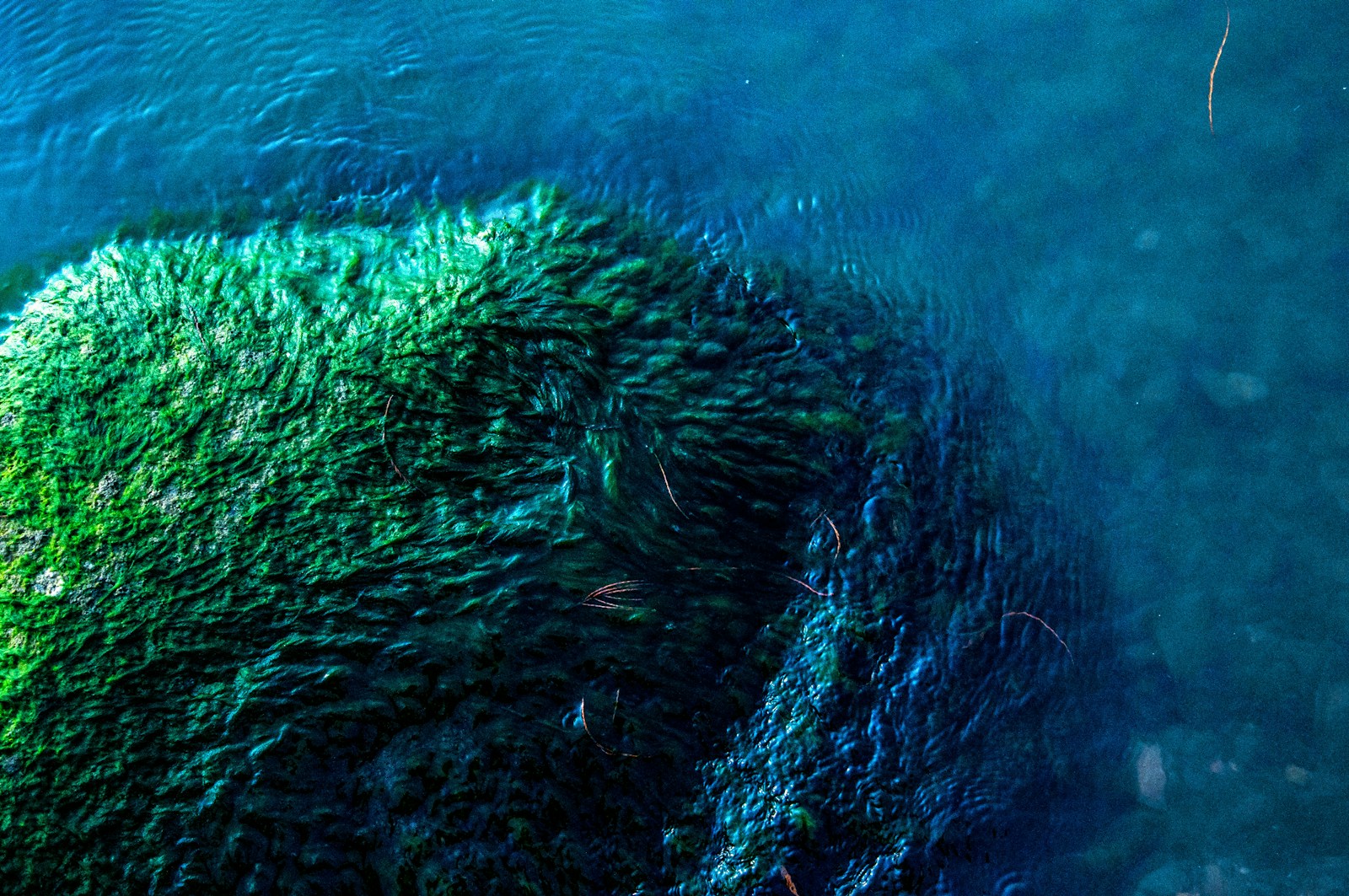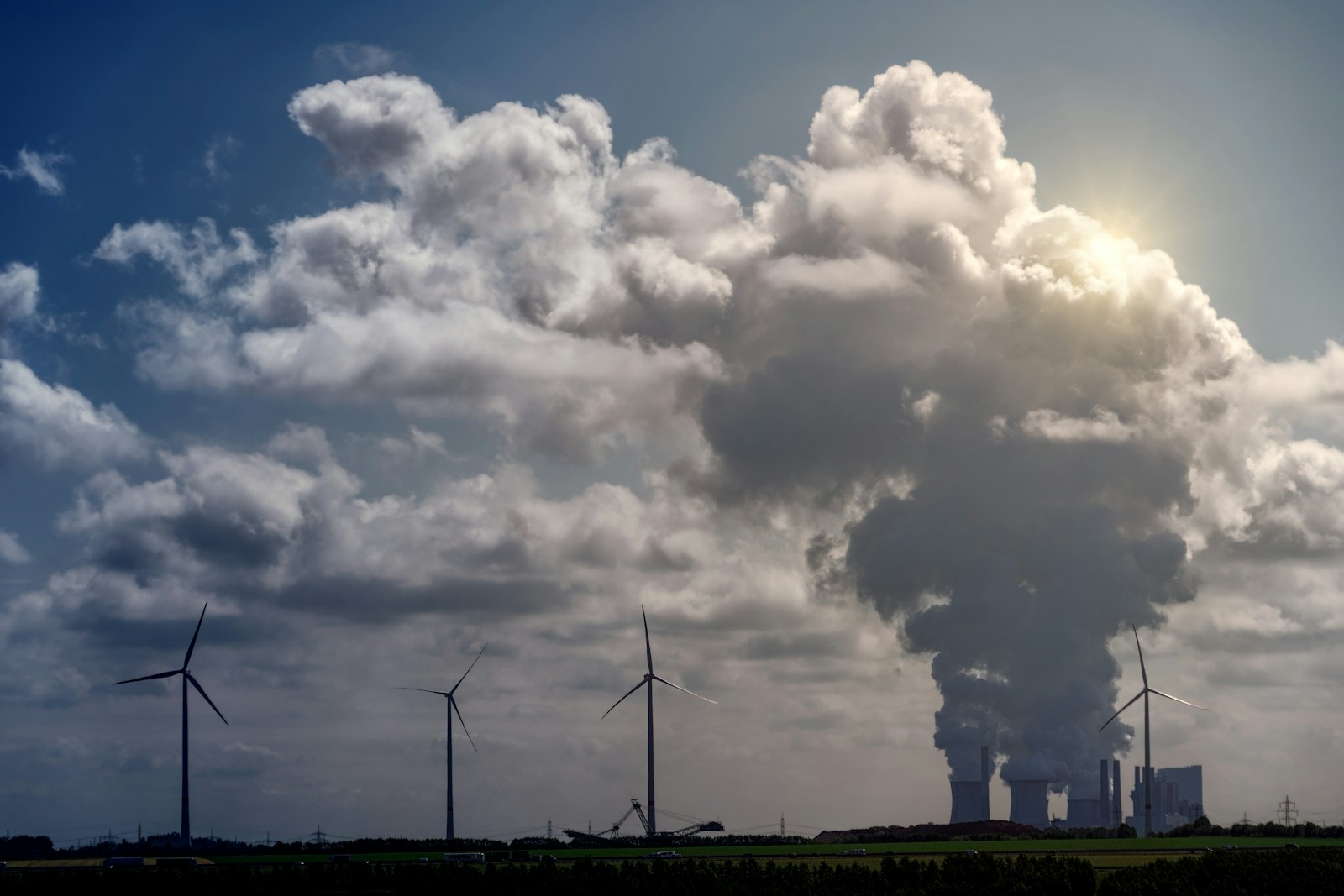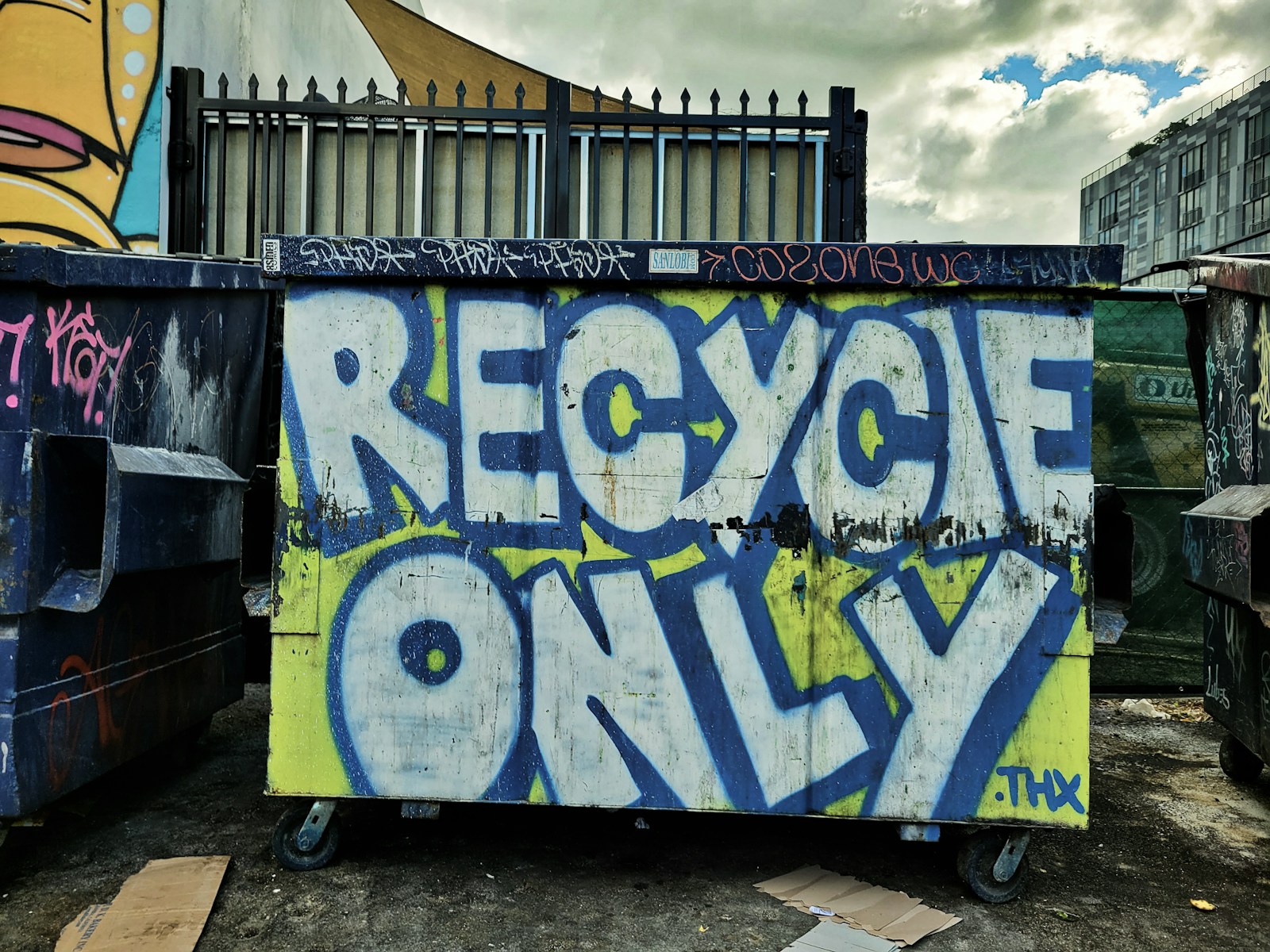The Abyss Gazes Back: How the Hunt for Battery Metals Threatens the Deep Sea

The deep sea is the Earth's final frontier. It is a world of crushing pressure, perpetual darkness, and bizarre life forms that we are only just beginning to understand. For millennia, it has remained beyond the reach of human industry. But that is about to change. Lying scattered across the abyssal plains, thousands of meters below the surface, are trillions of potato-sized rocks known as polymetallic nodules. These nodules are a geological treasure chest, rich in the very metals we need to power our clean energy transition: cobalt, nickel, manganese, and copper. As demand for these battery metals skyrockets, a new and highly controversial industry is preparing to launch a new kind of gold rush: deep-sea mining.
The engineering challenge is immense. It involves deploying robotic collector vehicles, essentially giant underwater vacuums, to the seafloor. These machines would crawl across the abyssal plain, sucking up the top layer of sediment to harvest the nodules. The nodules would then be pumped up to a surface vessel through a pipe several kilometers long. On the vessel, the nodules would be separated from the sediment, which would then be discharged back into the ocean. It is a technological feat on par with space exploration, a testament to our engineering prowess.
The economic incentive is clear. Proponents of deep-sea mining argue that it is a necessary evil to enable the green transition. They claim that terrestrial mines for cobalt and nickel are concentrated in a few countries with poor environmental and labor standards, and that deep-sea mining offers a more secure and potentially less socially damaging supply chain. They also argue that the concentration of multiple valuable metals in a single nodule makes the process more efficient than land-based mining, which often involves removing vast amounts of waste rock to extract a single mineral.
However, an overwhelming number of marine biologists and oceanographers are sounding the alarm, warning that we are on the verge of causing irreparable harm to an ecosystem we barely understand. The abyssal plain is not a barren wasteland. It is home to a unique and slow-growing community of organisms, from microbes to corals and sponges, many of which are found nowhere else on Earth. The collector vehicles would effectively strip-mine the seafloor, destroying this habitat completely. The ecosystems are so slow to recover in the cold, dark deep sea that the impact of mining would likely be permanent on human timescales.
Beyond the direct destruction of the seafloor, scientists are deeply concerned about the sediment plumes that would be created. The collector vehicles will kick up a cloud of fine sediment on the seafloor, which could smother organisms for miles around. The discharge of sediment from the surface vessel would create another plume in the midwater column, potentially harming filter-feeding animals like krill and jellyfish that form the base of the ocean food web. The noise and light pollution from the 24/7 mining operations would also be a massive disruption to a world that has only ever known darkness and silence.
This has placed the international community in a difficult position. The deep seabed in international waters is governed by the International Seabed Authority (ISA), a UN-affiliated body tasked with both managing the mineral resources of the deep sea and protecting the marine environment. The ISA is currently in the process of drafting regulations that would govern commercial mining, but it is under immense pressure from both mining companies eager to start and a growing coalition of countries and scientists calling for a moratorium or a complete ban on deep-sea mining until the full environmental consequences can be understood.
We are facing a devil's bargain. Do we risk destroying the planet's last pristine wilderness to save the climate? The question forces us to confront the core of what sustainability means. A truly green transition cannot be built by simply shifting the environmental burden from the atmosphere to the abyss. Before we unleash a new industrial revolution in the deep sea, we have a moral and scientific obligation to pause and ask if the price is one we are willing to pay.



